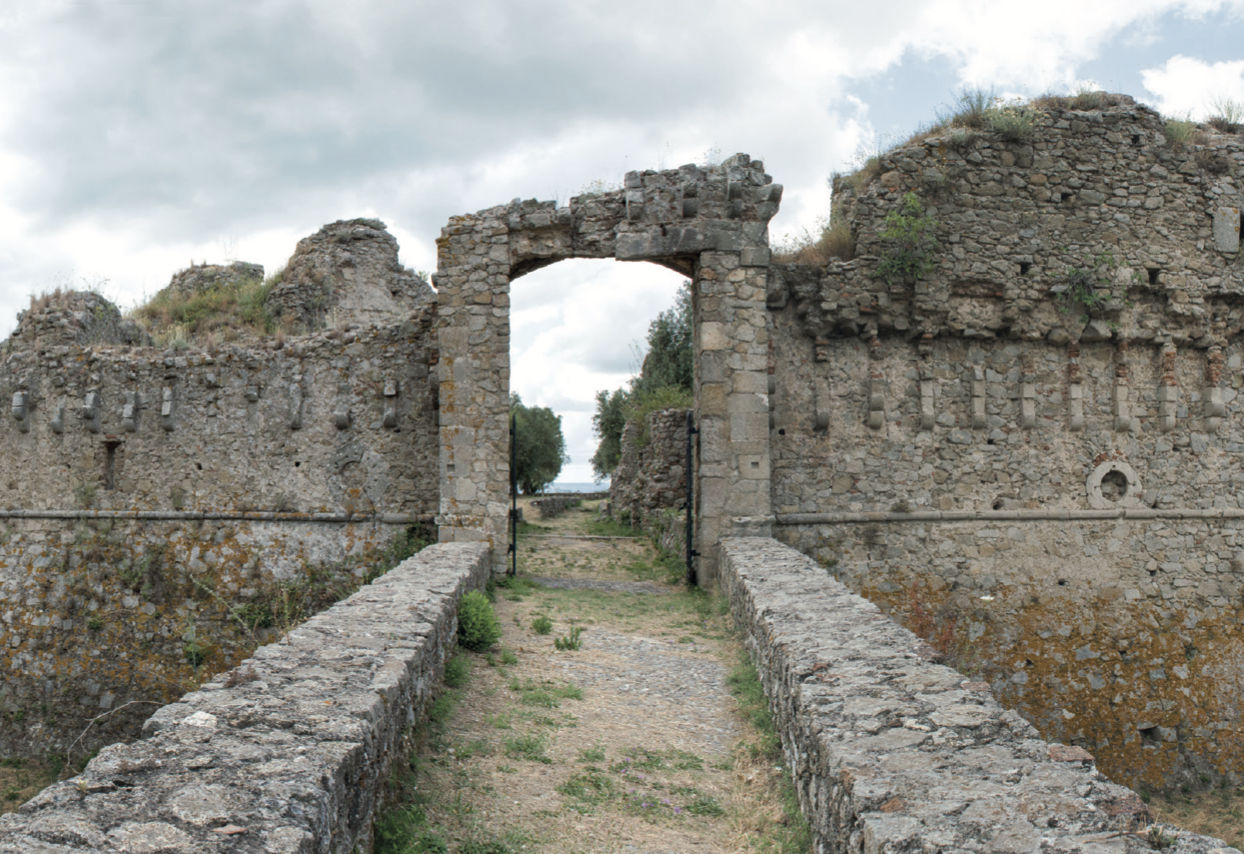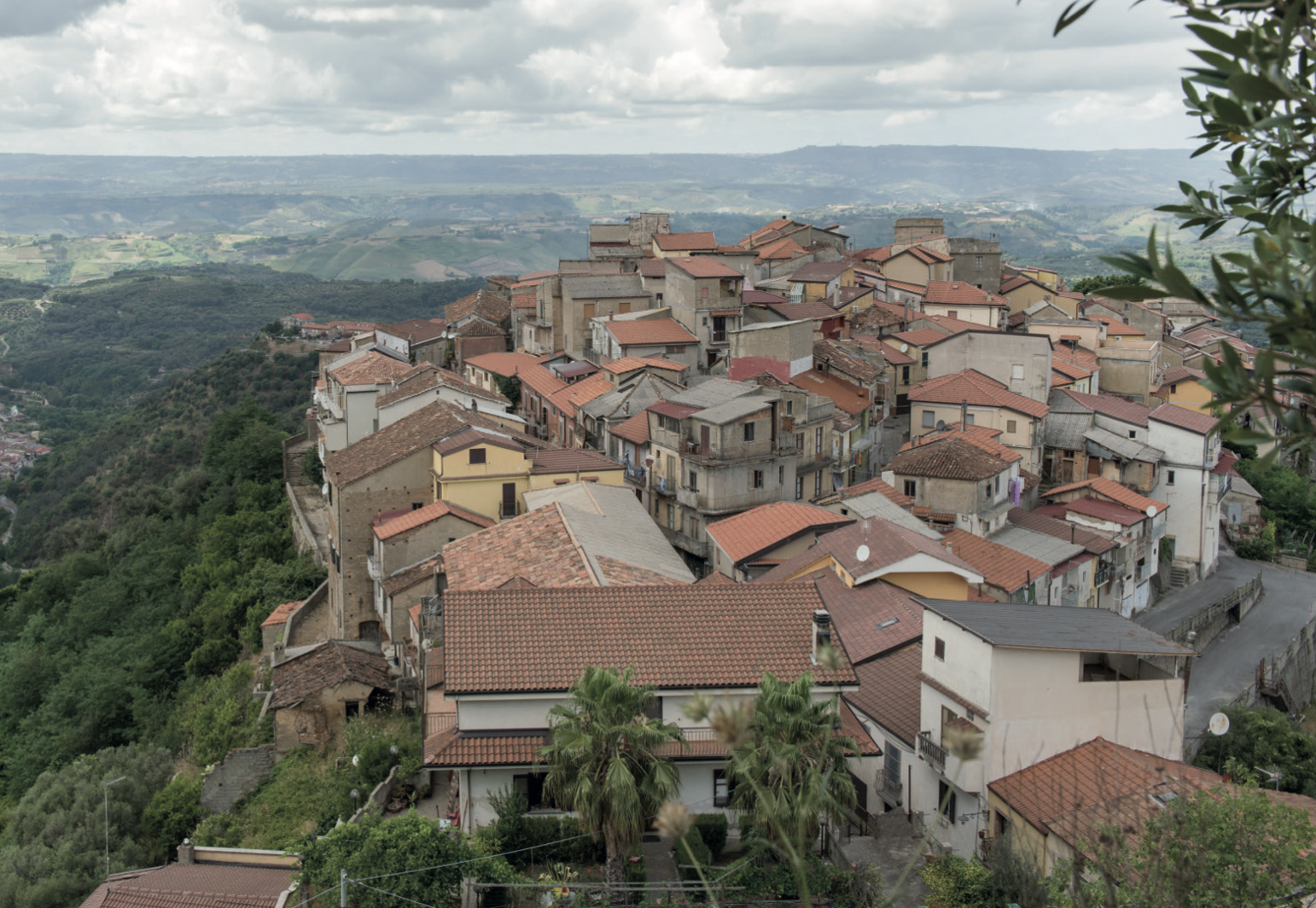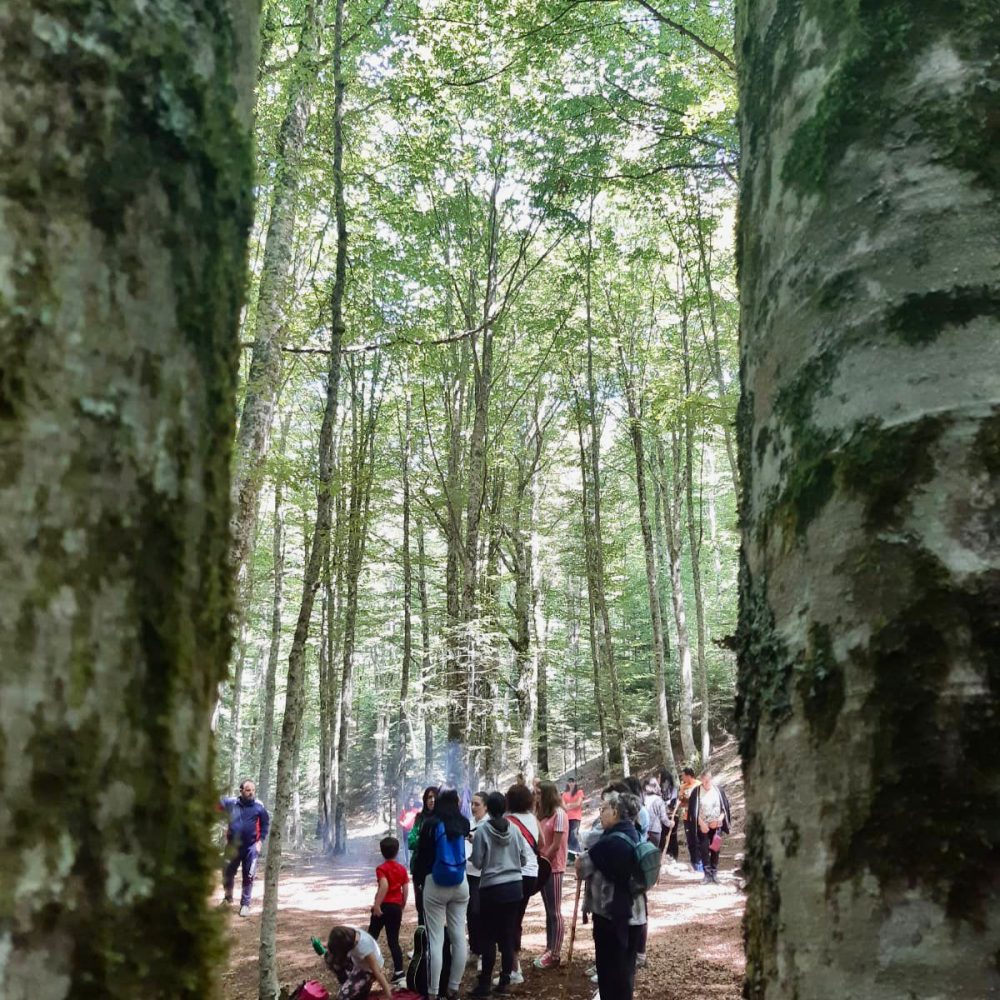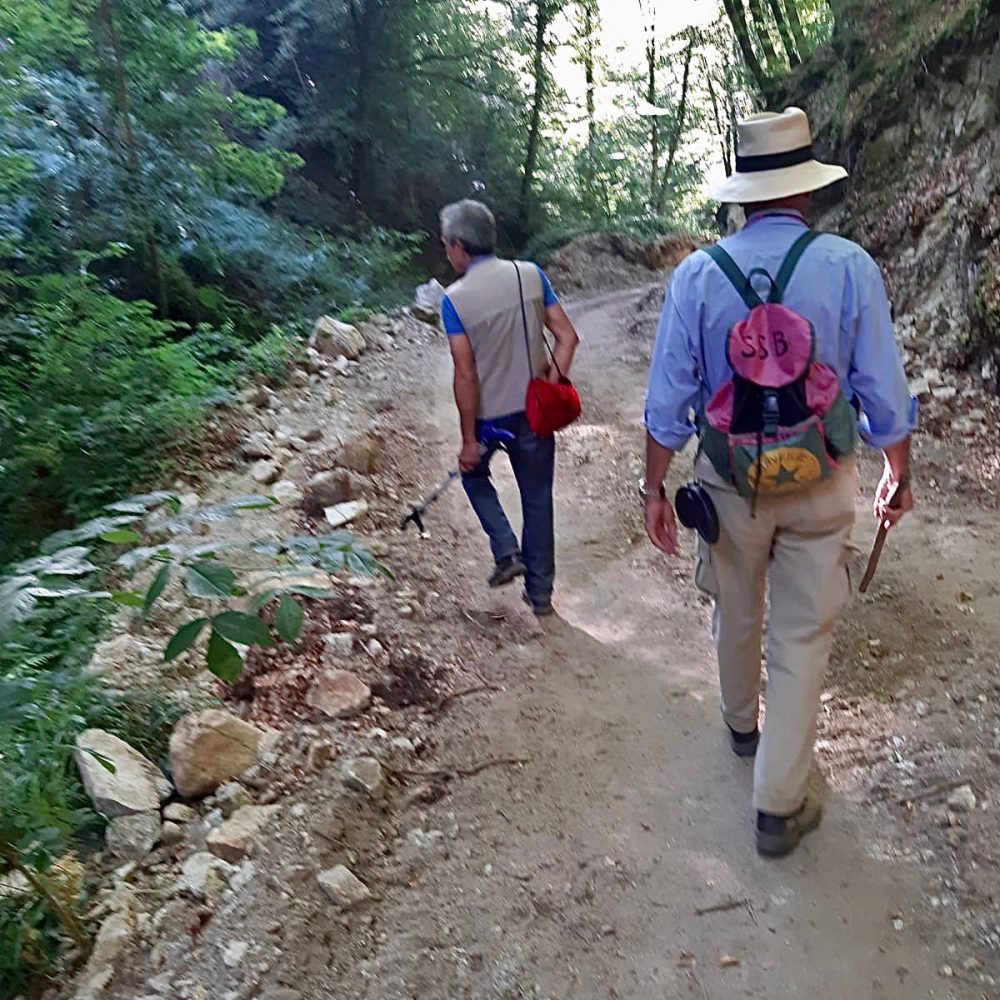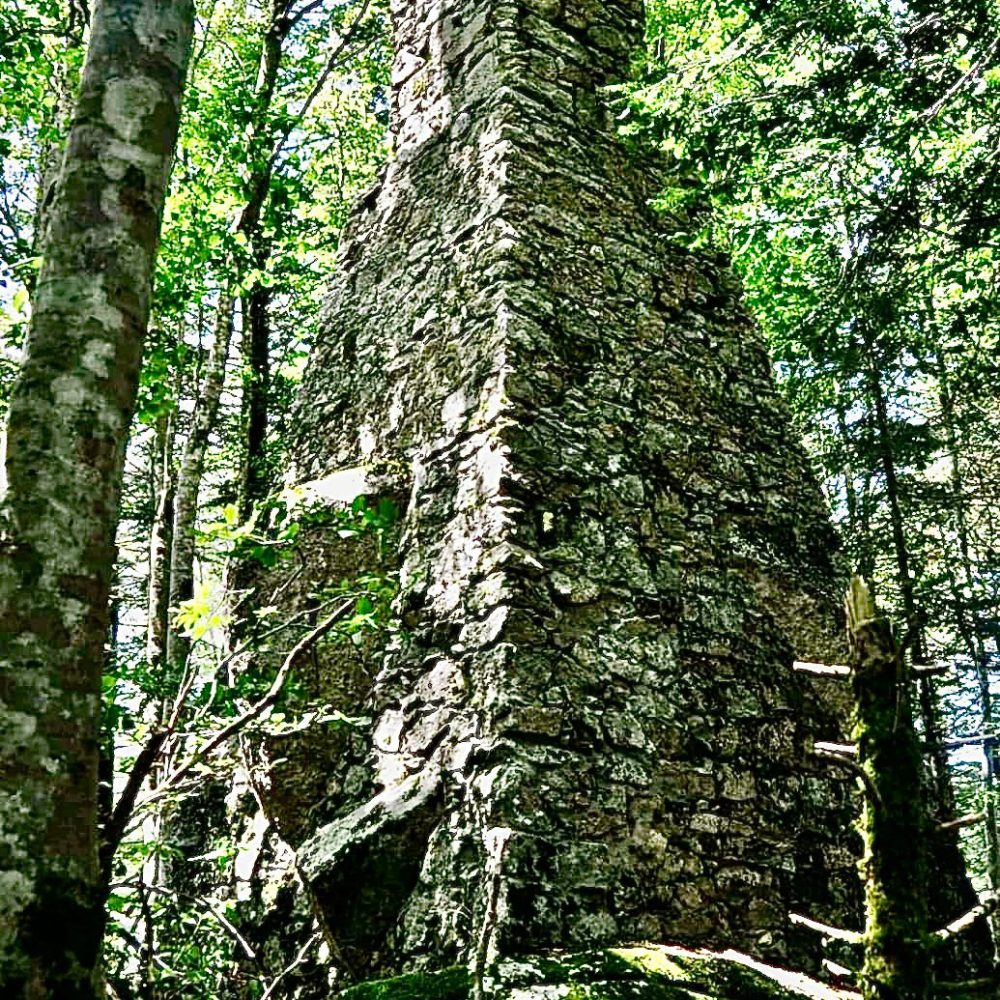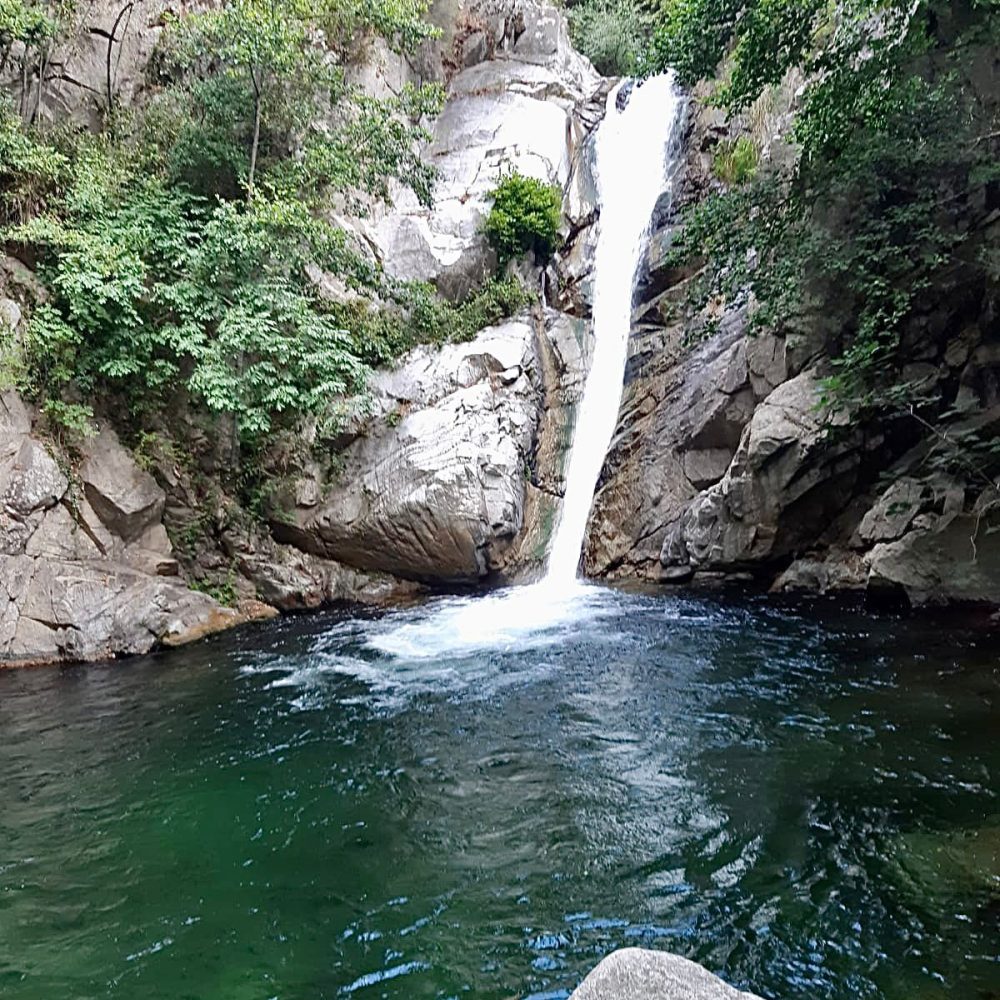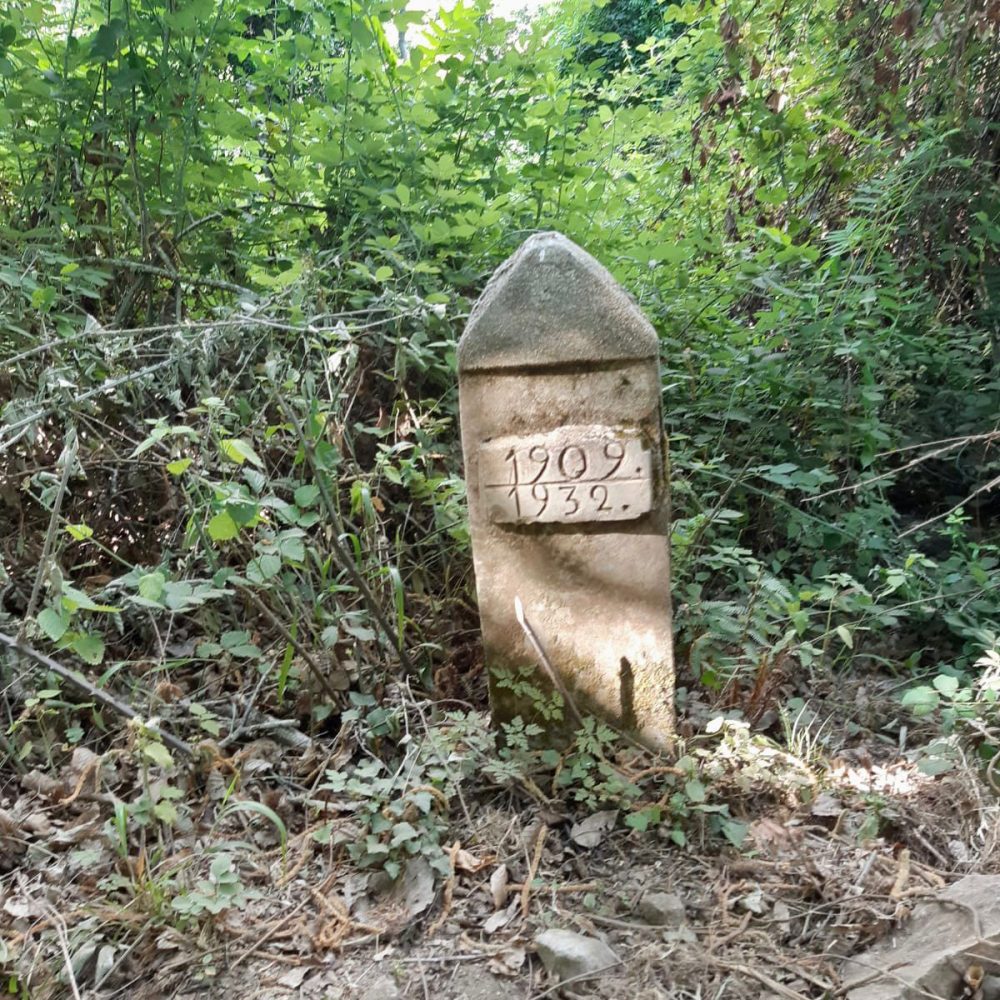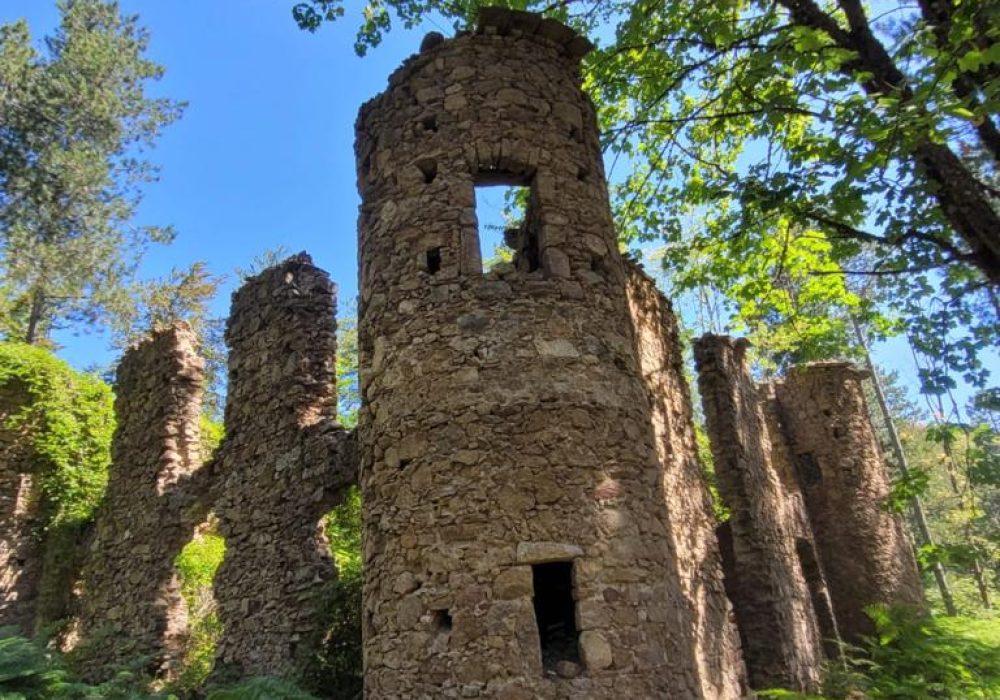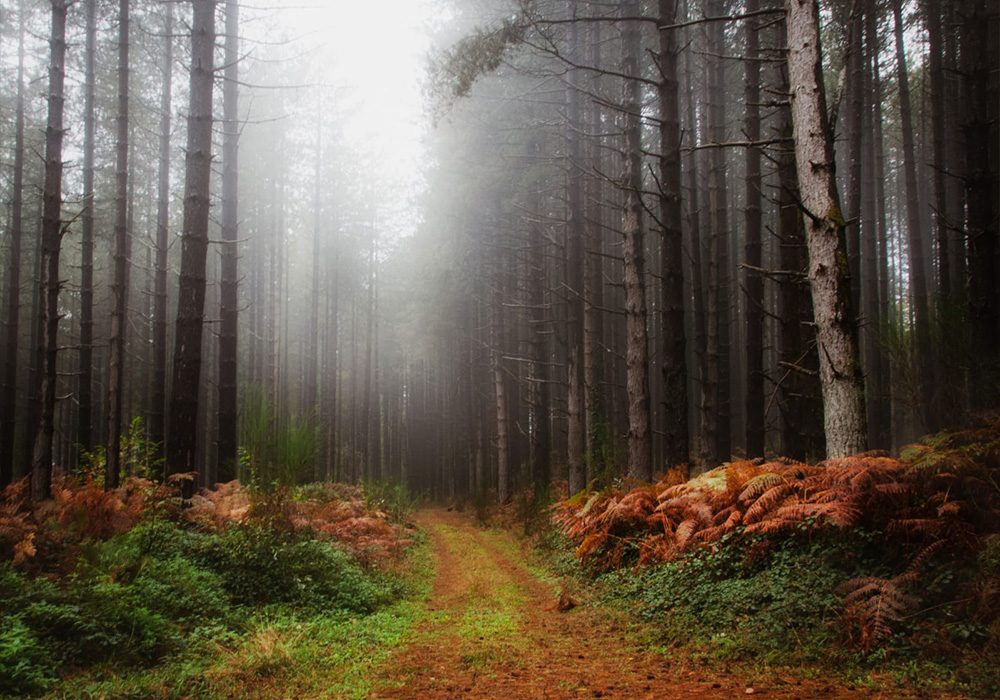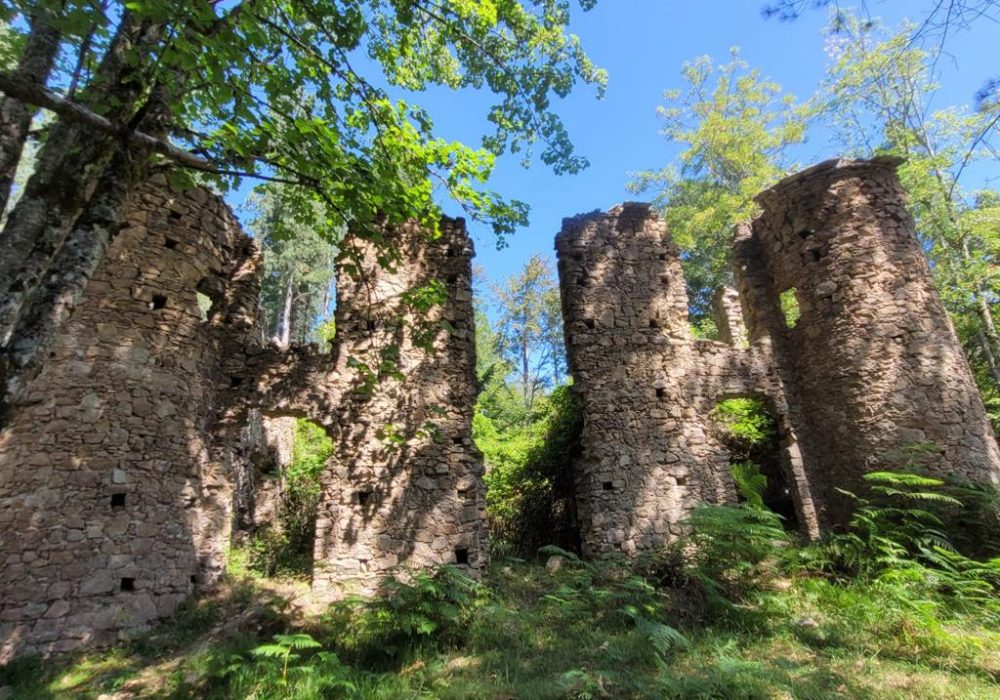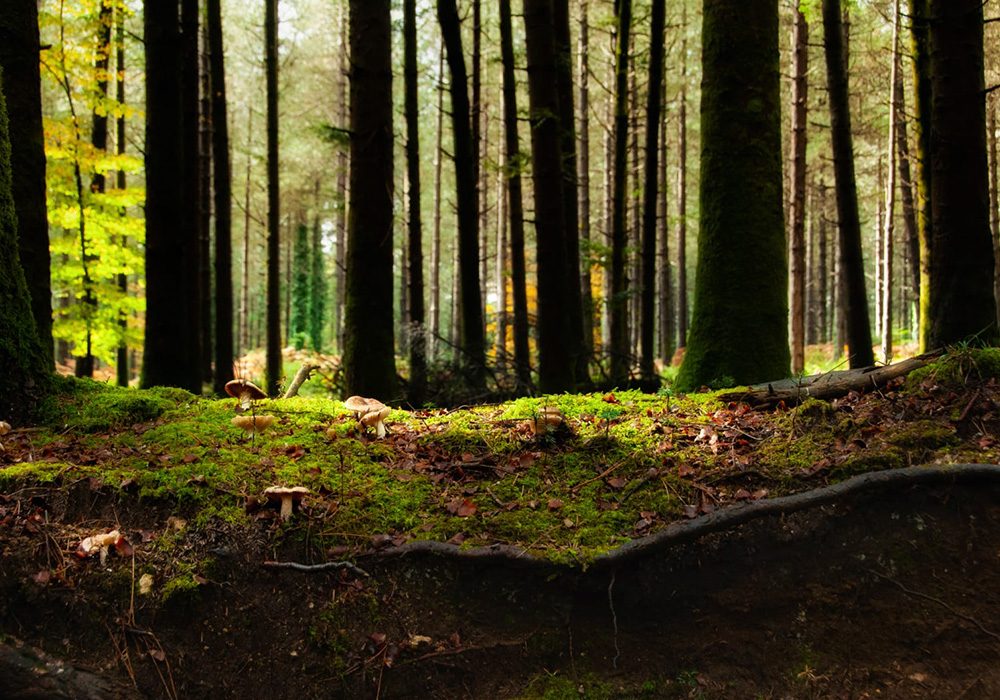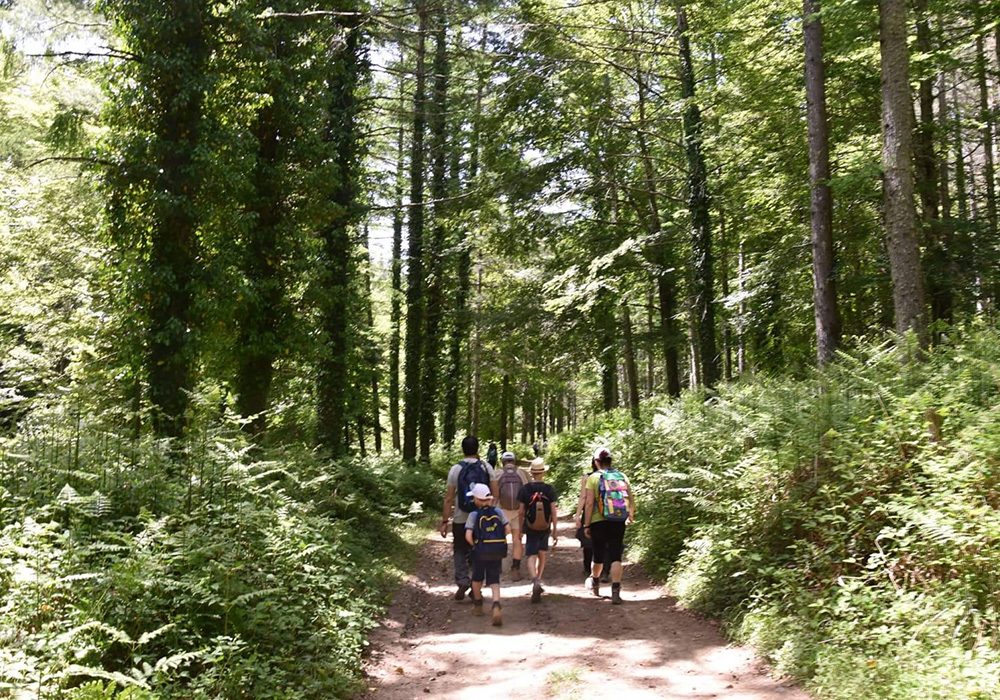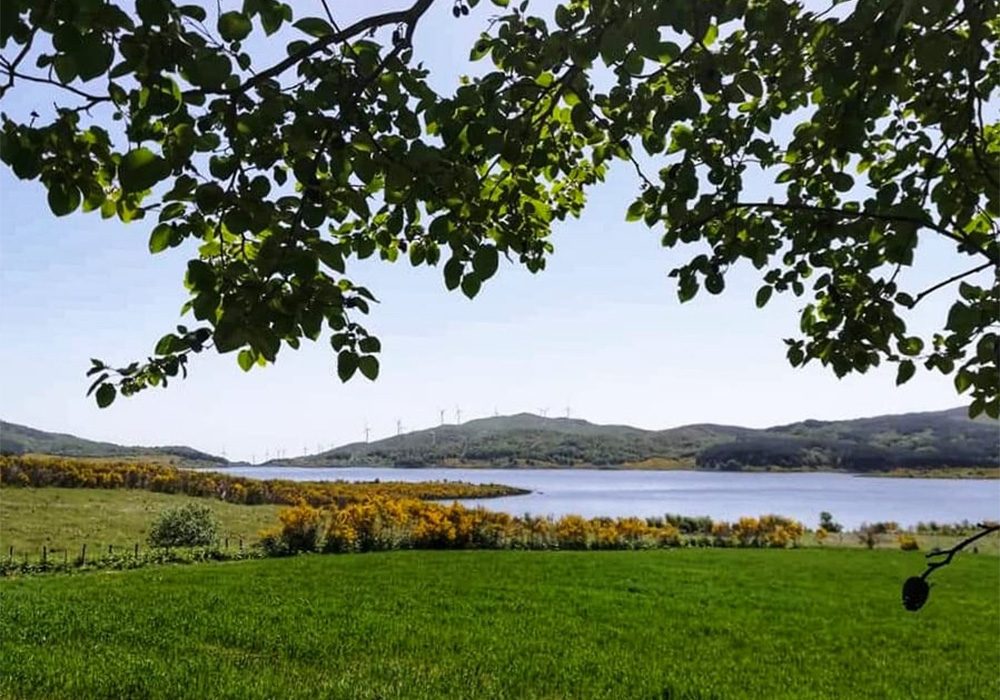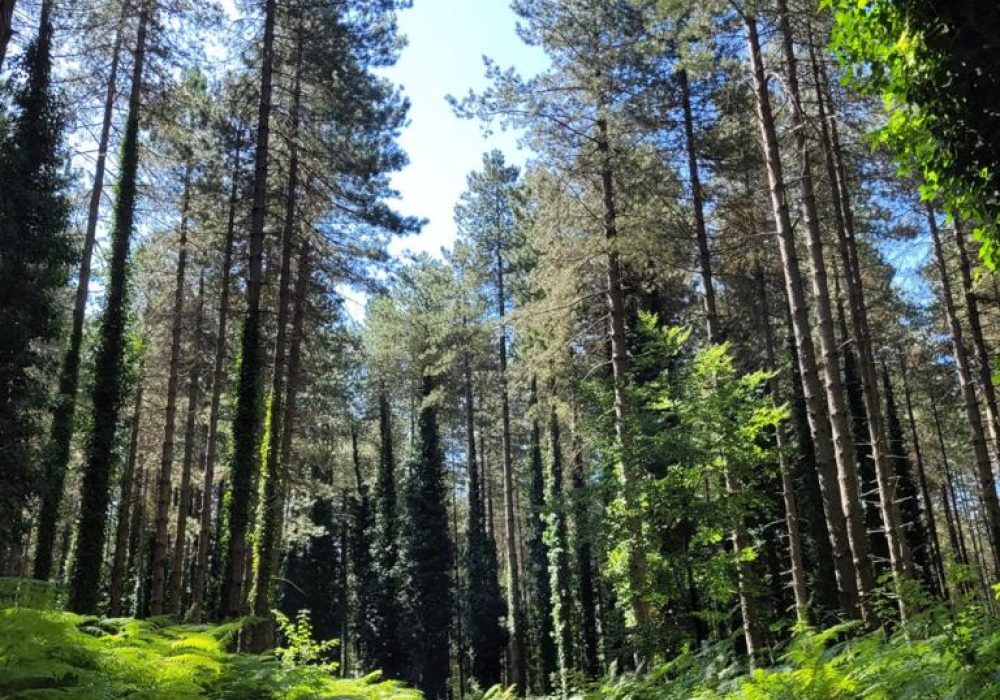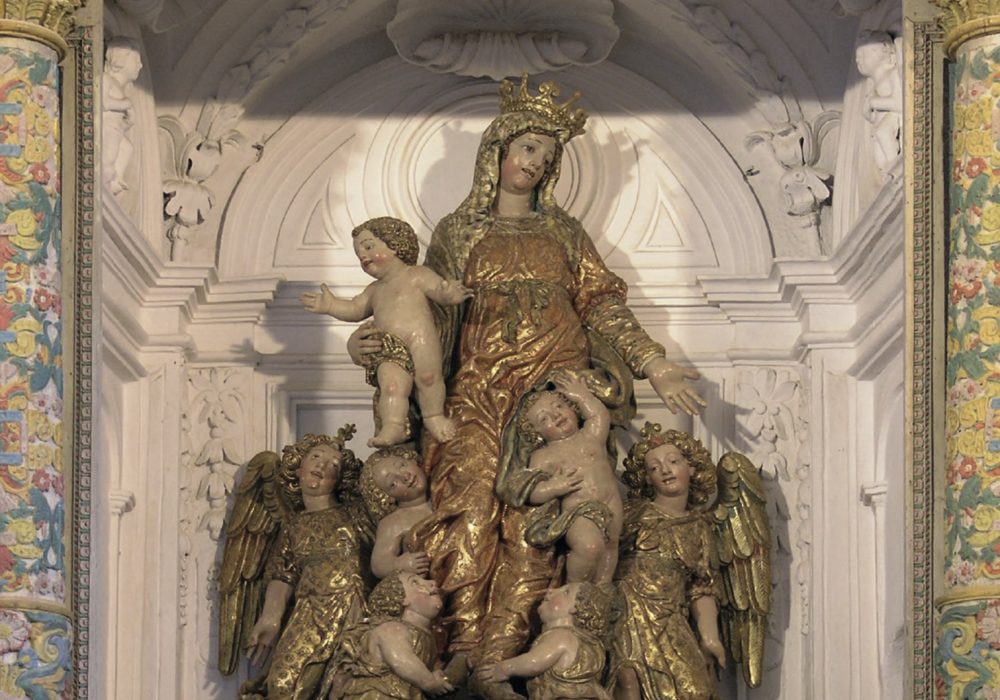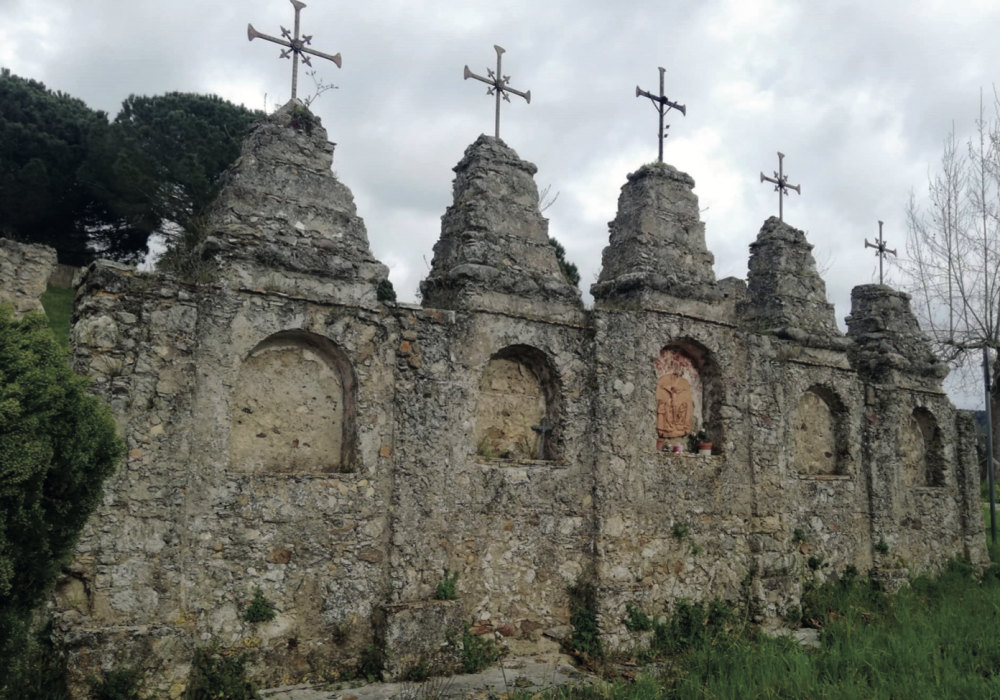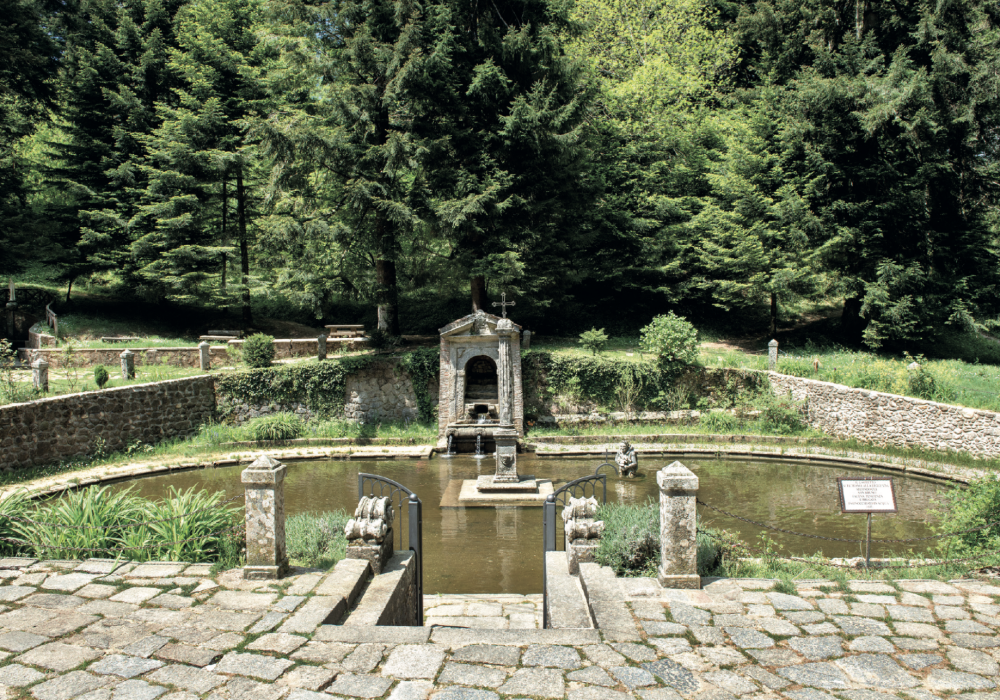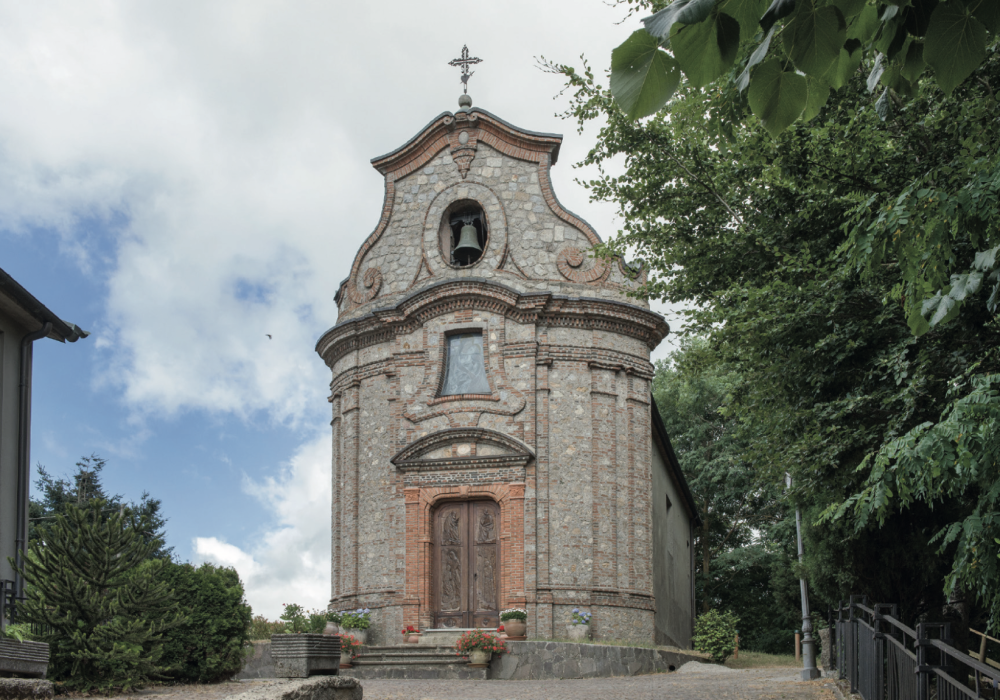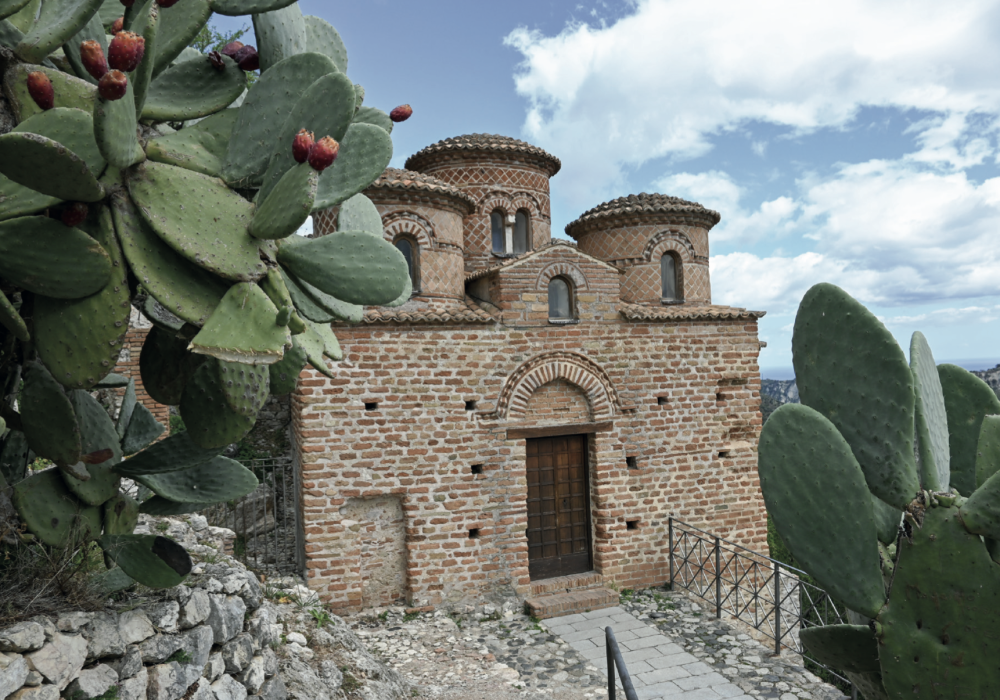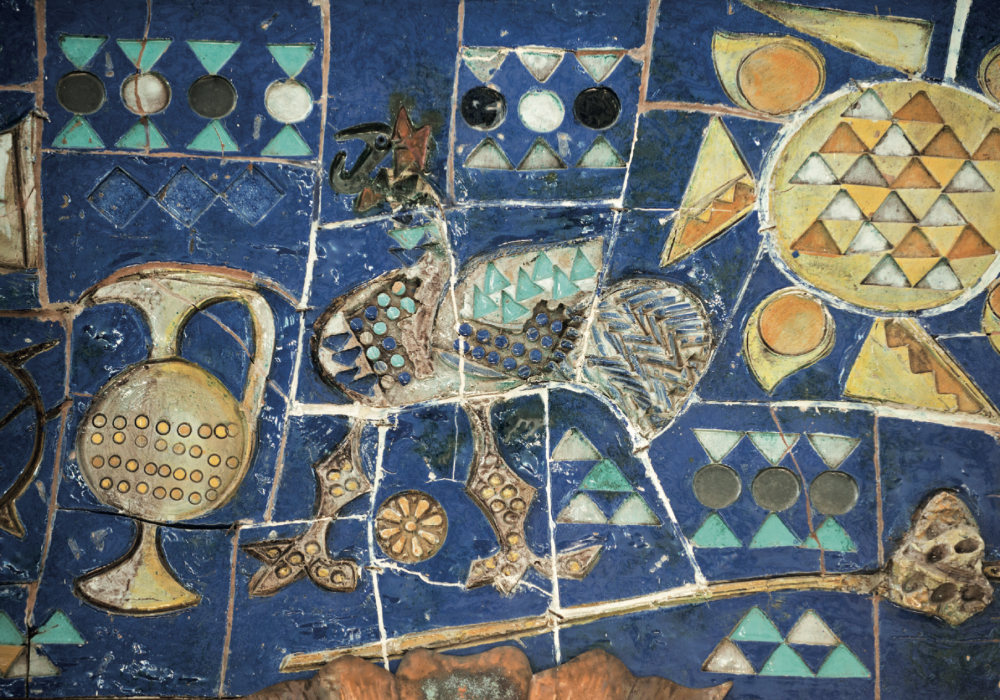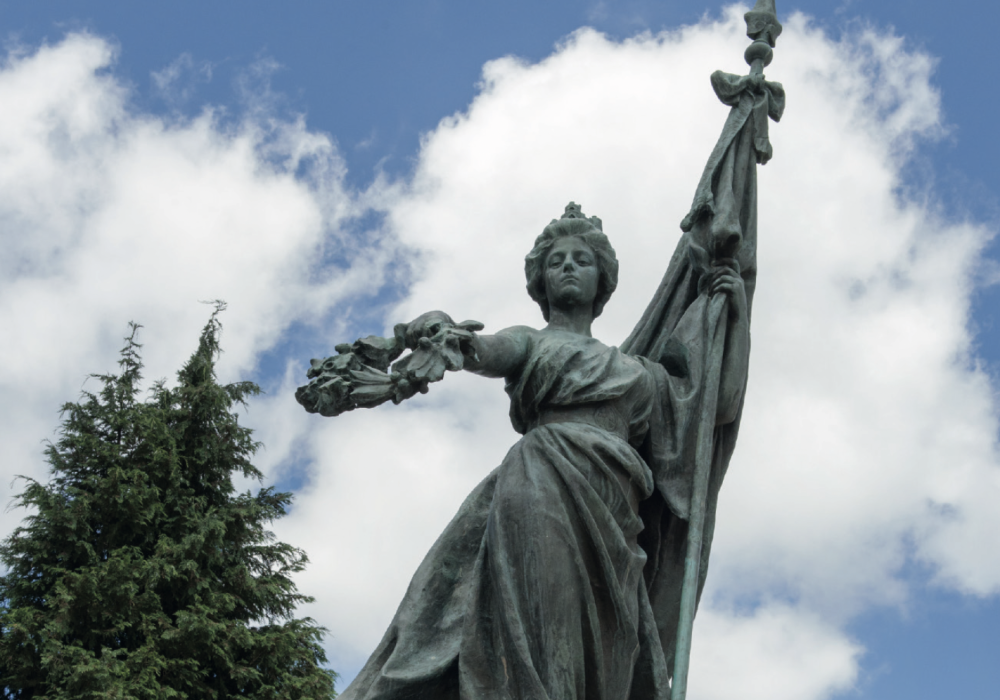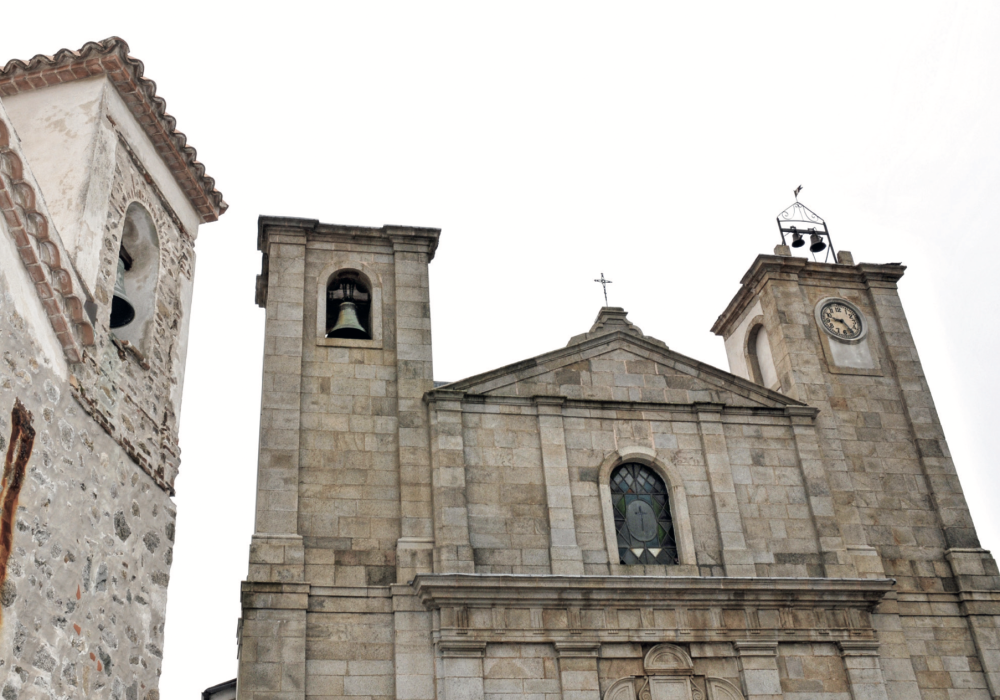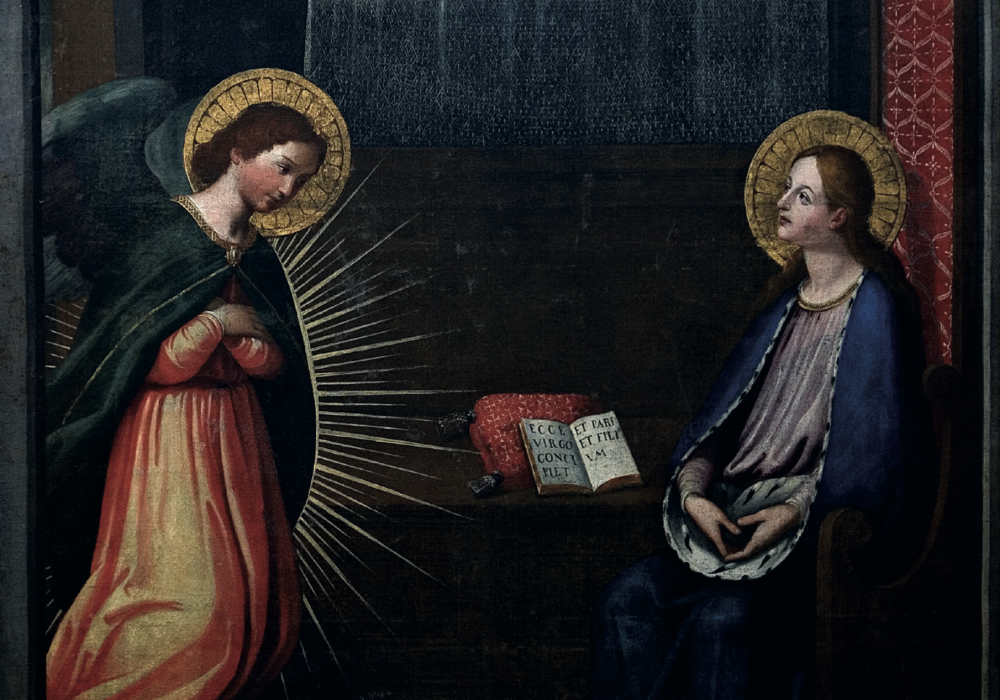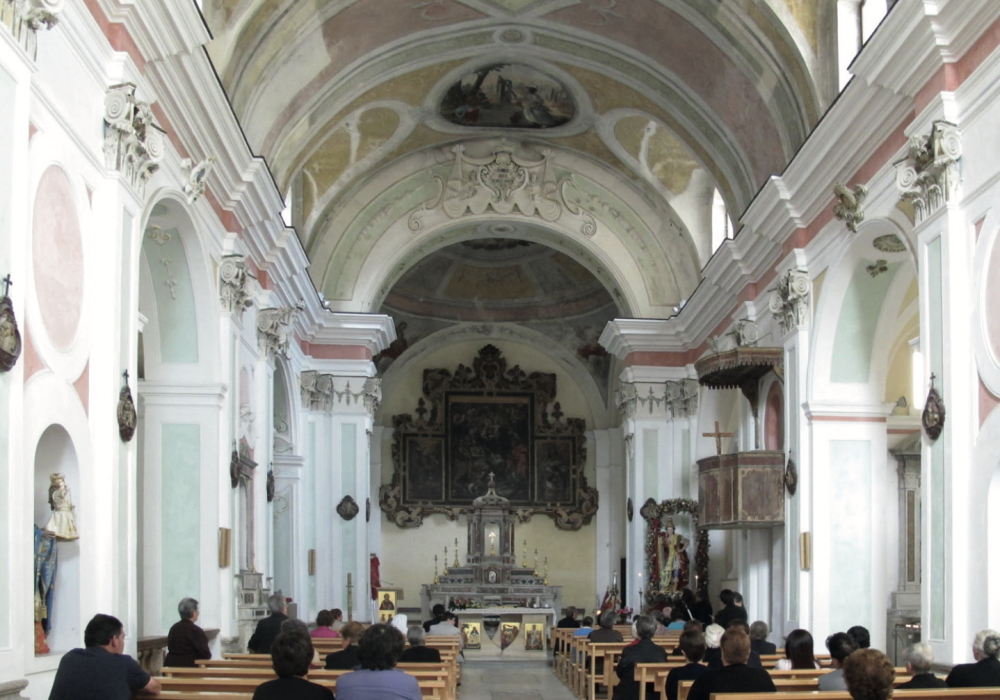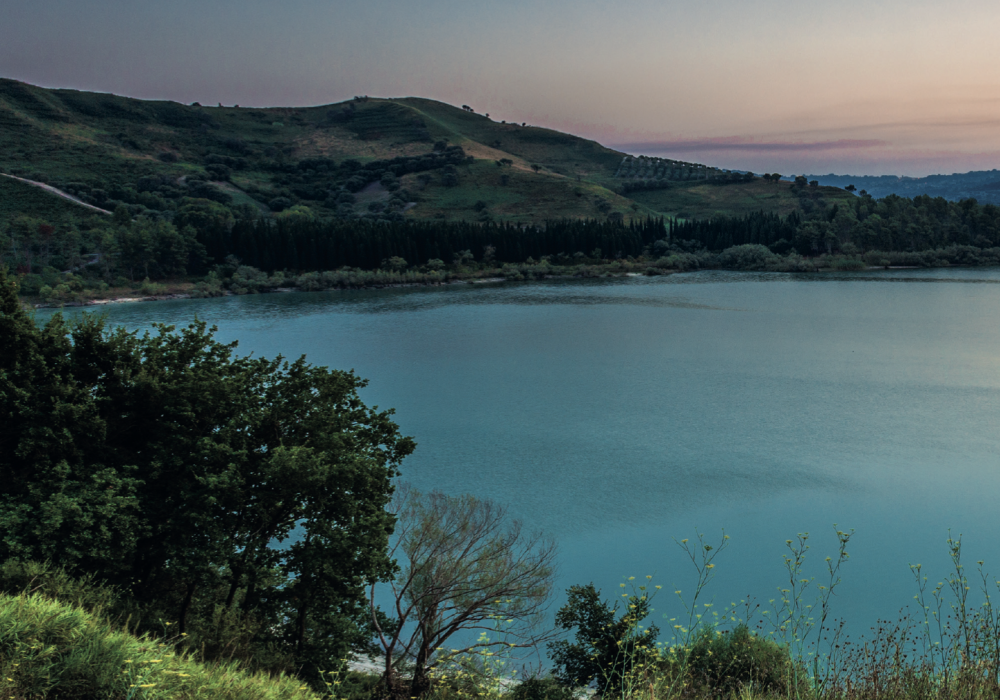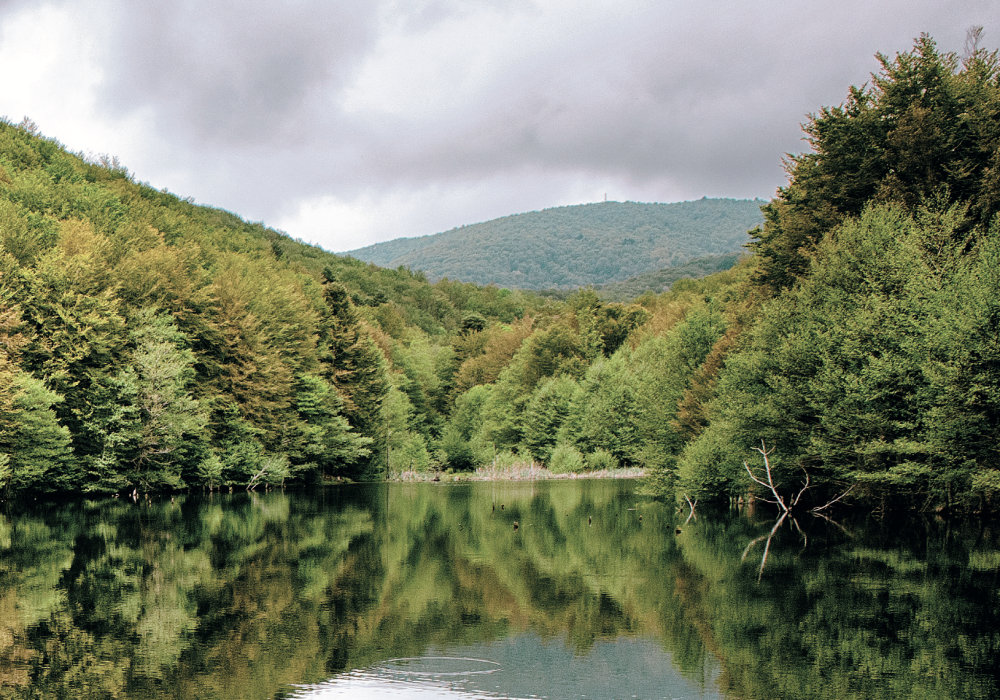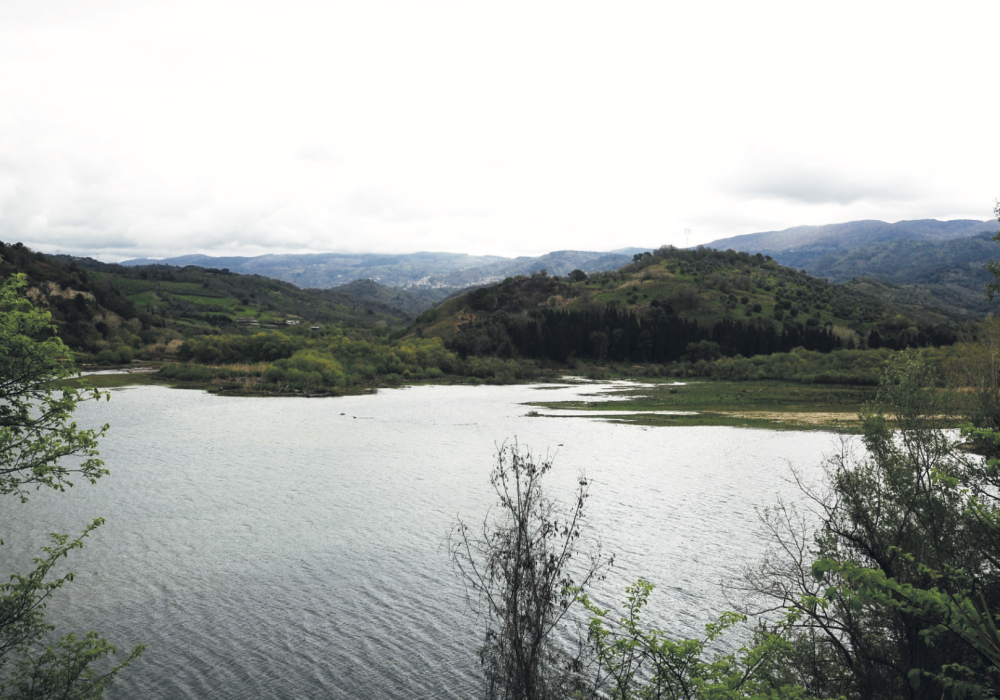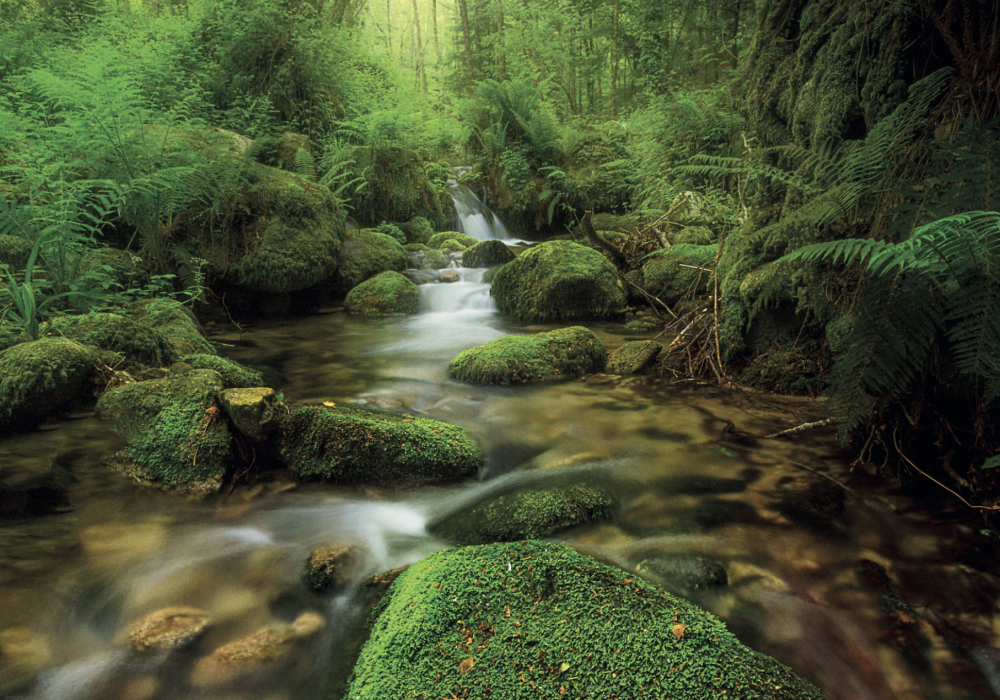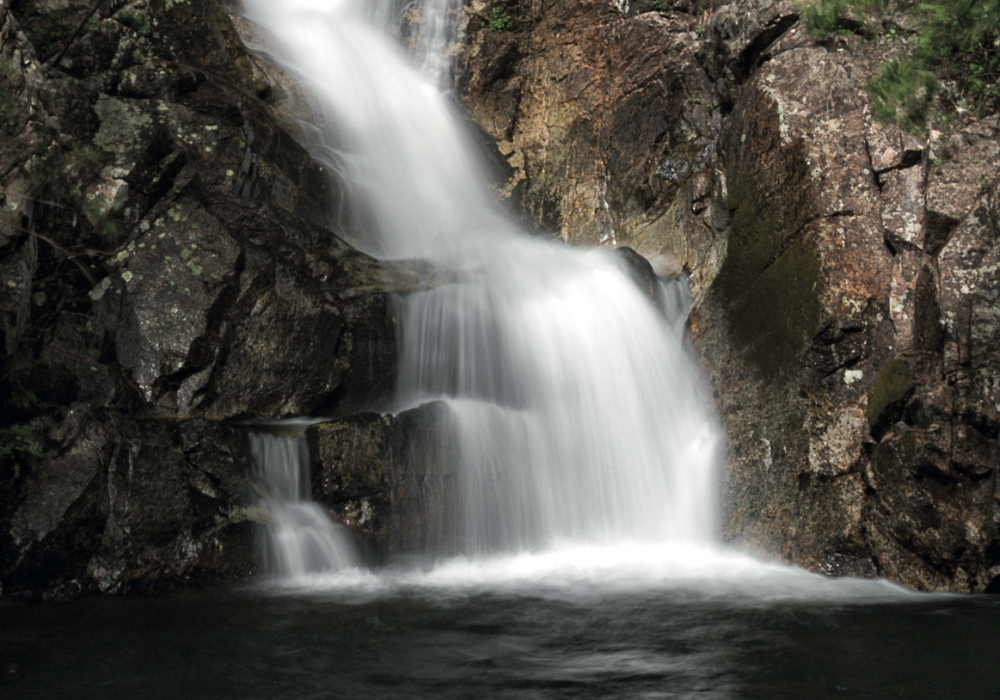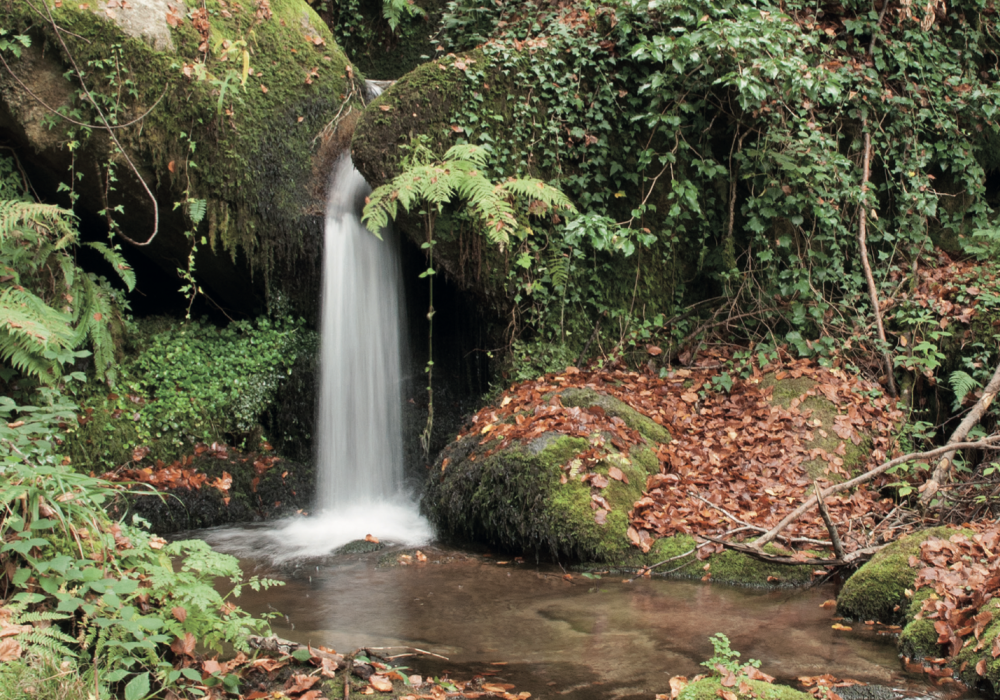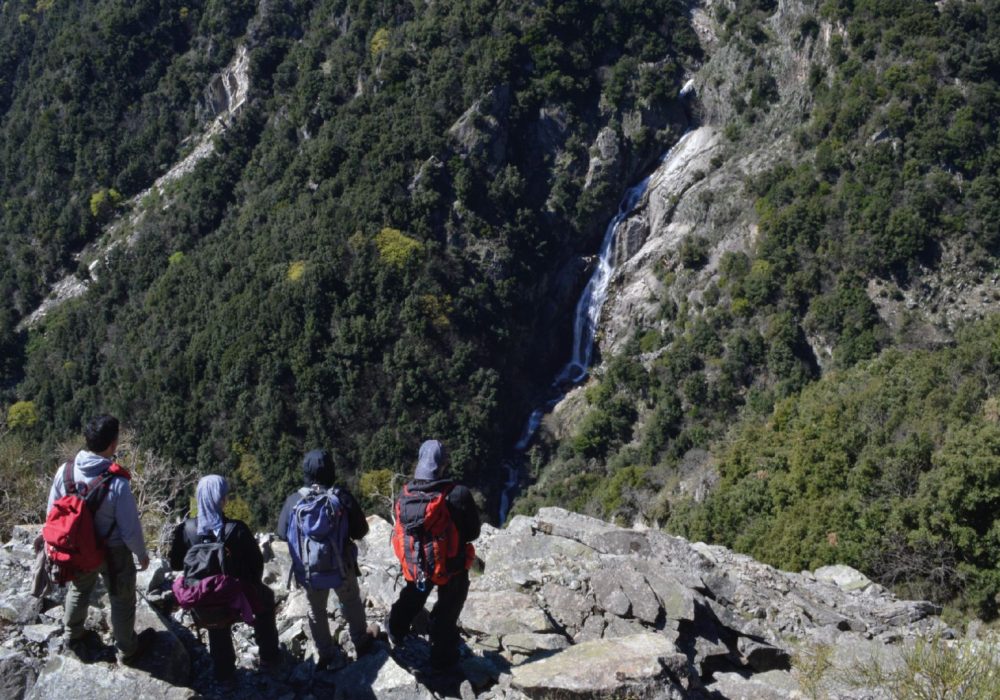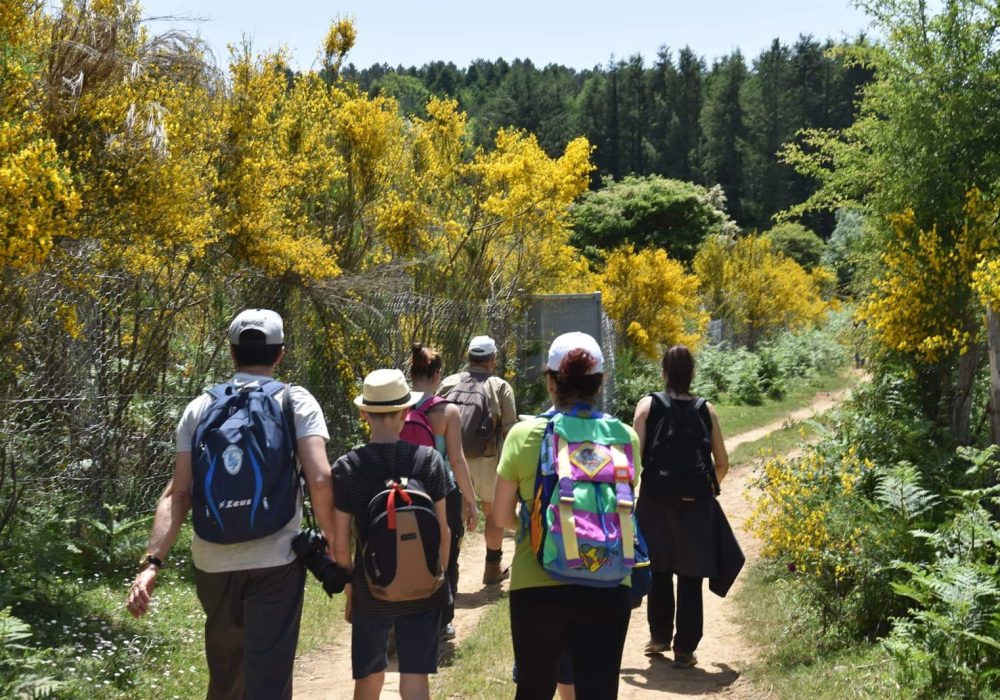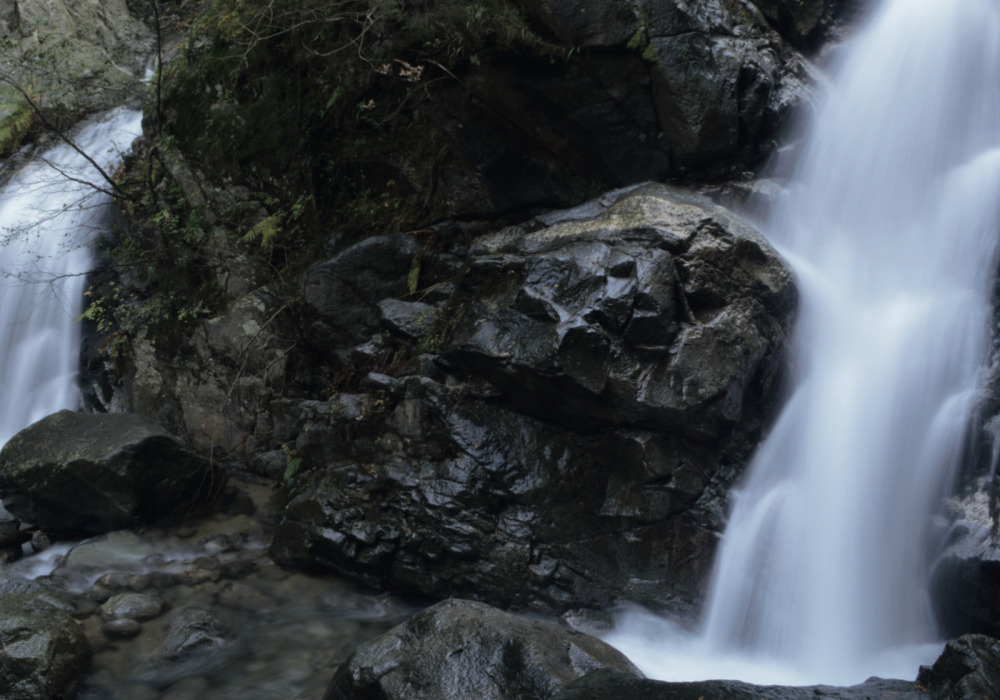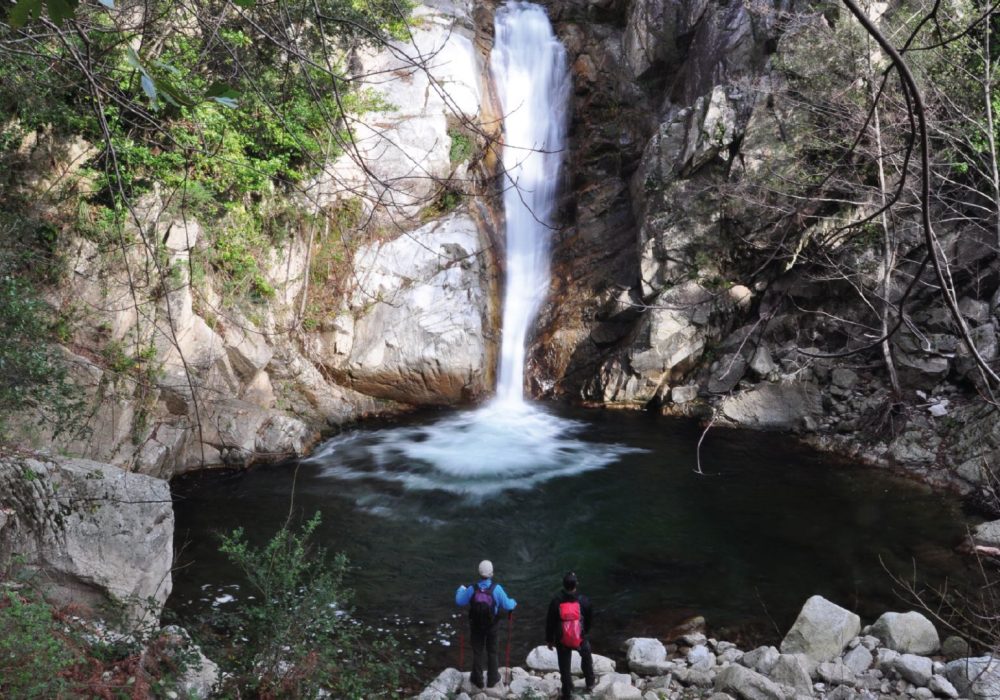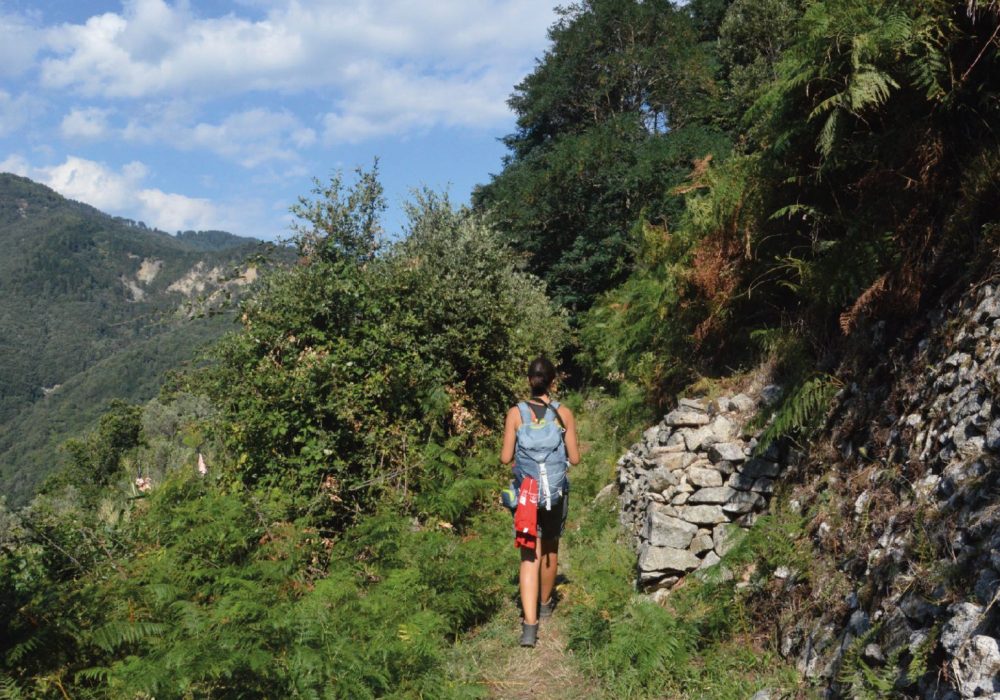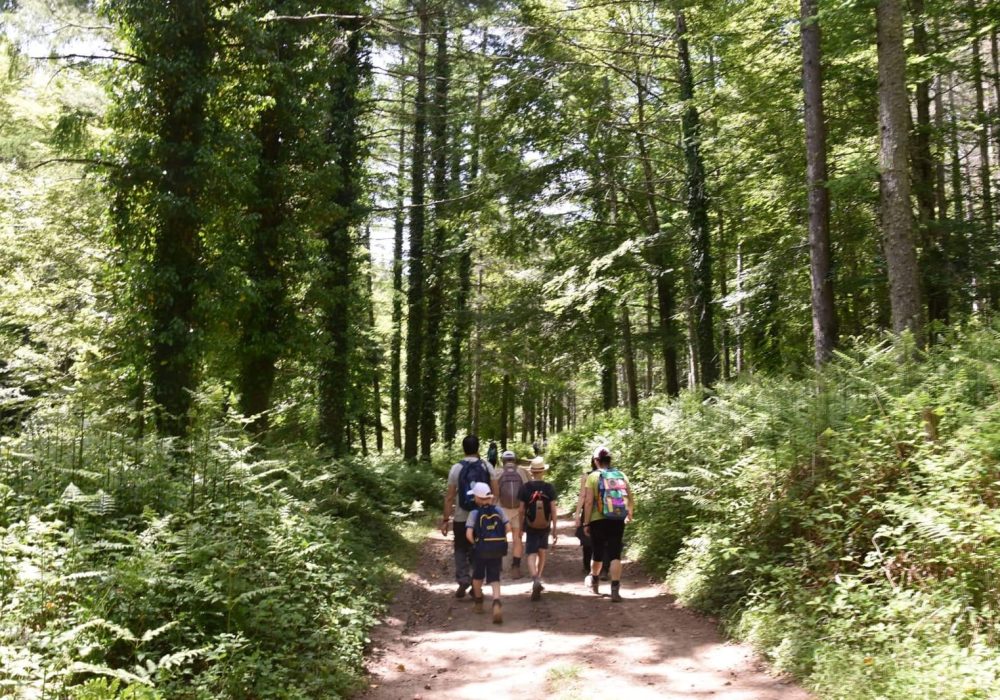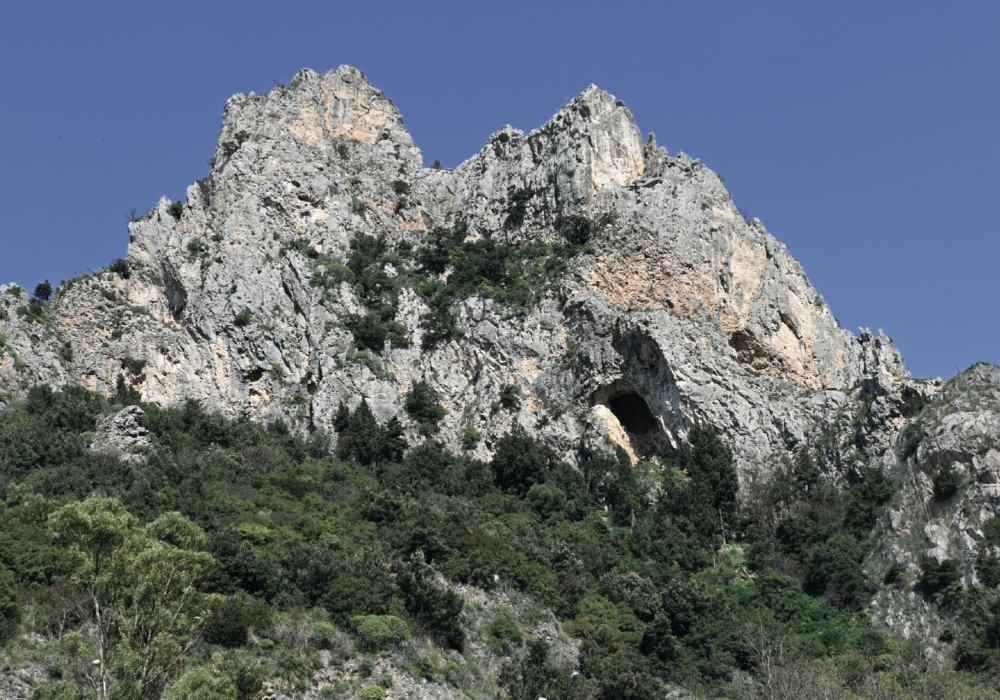Arena
Arena is probably the oldest settlement in the Serre area. We have news of its castle and the family that built it since Roger the Norman’s donation to Brunone of Cologne of the vast estate between Arena (in fact) and Stilo.
The town stands perched on a hill from which it proudly overlooks the Marepotamo valley and the plain of Ciano.
The town is dominated by the remains of the Concublet castle, one of the most historically rich and fascinating places in the entire region. Walking through the imposing ruins, one has the impression of still hearing the patter of horses or catching a glimpse of the figure of John the leper wandering in the recesses of the manor. The fortress was built by Roger the Norman in a strategic location to provide protection for the city of Mileto, which the Great Count wanted to elect as capital of the Kingdom. Unfortunately, not much remains of the original construction, which was mortally wounded, like much of the surrounding area, by the devastating earthquake of 1783. After crossing the bridge that crosses the moat, you reach the entrance portal, encircled on both sides by the surviving bases of two mighty corner towers, characterised by a peculiar groove tapering upwards. Crossing the threshold, one immediately gets a sense of the importance and majesty that the manor must have had in ancient times, when the rich and powerful Concublet family inhabited its halls. The splendour of court life can, however, be savoured during ‘La castellana’, a kind of beauty contest in medieval costume during which a woman is chosen to whom the keys to the castle are symbolically handed over and which is celebrated here every summer. In terms of the number of participants and themed performances, the historical re-enactment is one of the most beautiful and characteristic in the whole of Calabria and attracts an increasing number of participants every year. The Concublet castle is one of those places one would never want to leave, such is the fascination it exerts on the visitor, but it is not the only thing worth seeing in Arena. Despite the fact that the 1783 earthquake severely affected the village, it still retains its mediaeval structure with passages, narrow streets, alleys and stairways that intertwine with each other in a splendid play of architectural and urbanistic cross-references. The historical centre is rich in portals and other decorative elements made of granite, the work of Serrese stonemasons, and is propped up by interesting mansions. A must-see is the church of Madonna delle Grazie, seat of the ancient confraternity of the same name. The elegant curved brick façade is rather reminiscent of the well-known façade of the Church of Addolorata in Serra San Bruno. The visitor’s eye is immediately drawn to the elegant statue of the titular saint, an early 19th-century work by Calabrian sculptor Domenico De Lorenzo. The Virgin is depicted with the child in her arms in the act of sheltering, under her mantle, some purging souls begging for her intercession. The scarlet colour of the robe and the refined features of the face have led to the statue being renamed by the people of Arenzano as ‘the red-clad beauty’. The simulacrum of Our Lady of Graces is placed in the niche of the high altar, a remarkable work by Serres marmorari. The nave is decorated with rich stuccowork, also from the Serrese workshop, and frescoes by Diego Grillo, nephew of Carmelo Zimatore, among which the large vault fresco depicting the Madonna and Child between the Apostles and the Blessing Divine Father stands out for its grandeur and beauty.
However, the church houses another statue of the Virgin: the Madonna del Buon Consiglio, a masterpiece by Serrese sculptor Raffaele Regio from 1823. The statue recalls the iconographic model of the Madonna delle Grazie of Mongiana with Mary lying on her side above a cloud. Also by De Lorenzo is the statue of St Joseph from 1797. The Mother Church of Arena, Santa Maria de Latinis, also has a brick façade with stone inserts. The building is decorated with graceful neoclassical stuccoes and houses some precious late 18th-century statues by the great Neapolitan sculptor Gennaro Franzese, such as the beautiful St Michael Archangel, the Apollonian Christ Resurrected and the Immaculate attributed to Franzese by art historian Gianfrancesco Solferino.
